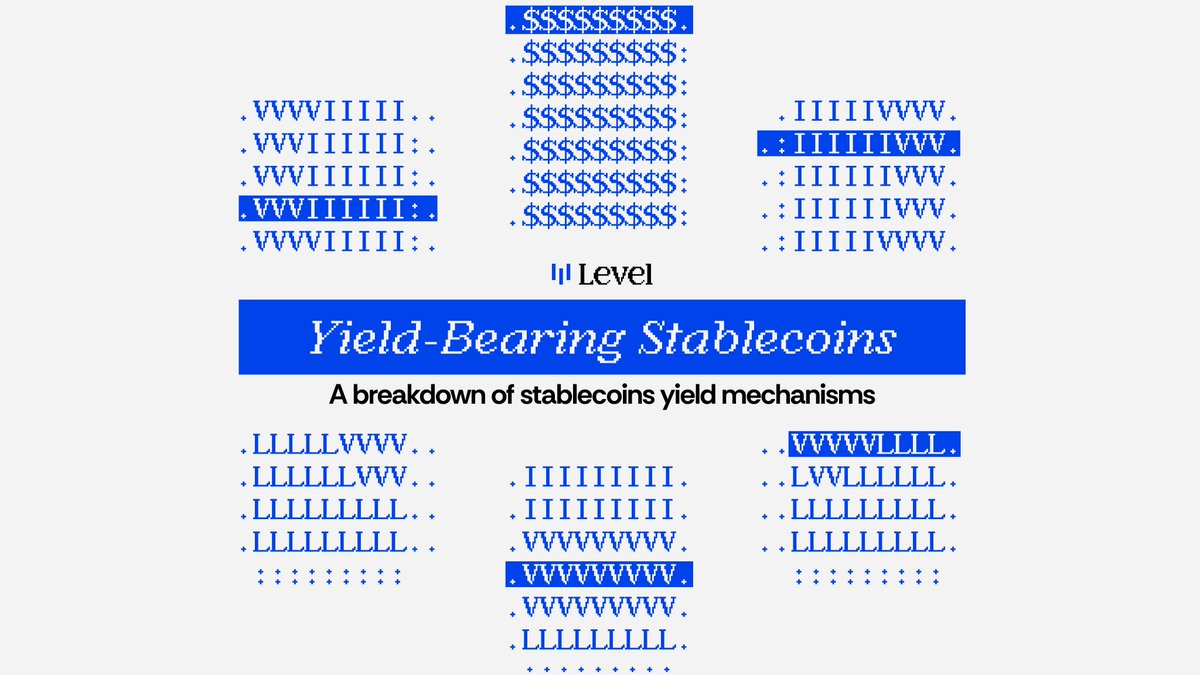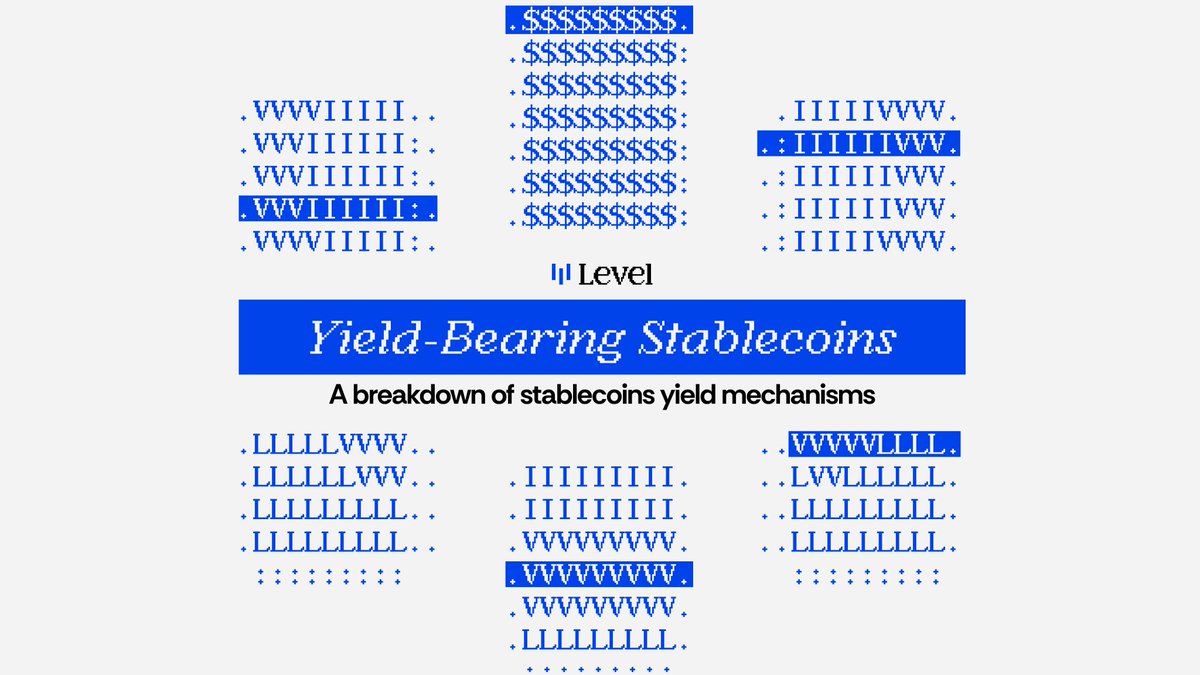5 designs, 5 paths to yield.
Smart capital isn’t just yield-seeking, it’s risk-aware.

Stablecoin Yields Aren’t All Built the Same
Yield-bearing stablecoins are becoming a core part of DeFi’s capital base. But not all yield is created equal and the mechanisms vary widely.
At @levelusd, reserves are routed through onchain lending markets. Others deploy capital into tokenized Treasuries. Some rely on synthetic hedging or rebasing mechanics.
Each design carries trade-offs: transparency, composability, scalability.
Over time, only a few have proven durable.
Here’s a breakdown of the five different models, and why the most resilient systems still center around one thing: lending.
1️⃣ Lending-Backed Yield
Deposits go into protocols like @aave or @morpholabs. Borrowers pay interest. Yield flows to holders, either directly or via wrappers like slvlUSD.
→ Fully onchain
→ Variable but composable
→ No intermediaries
Level uses this model. For a reason.
2️⃣ Tokenized Treasuries (RWA-Backed)
Reserves are parked in tokenized T-bills or similar TradFi instruments. Yield is streamed or rebased via custodians.
→ Predictable returns
→ Permissioned rails
→ Custody risk
TradFi-aligned, but can struggle to integrate with DeFi systems.
3️⃣ Delta-Neutral Hedging
Backed by ETH, stETH or similar assets, paired with short perps to neutralize price exposure. Yield comes from funding rate arbitrage.
→ Onchain mechanics
→ High APY in bull runs
→ Complex and brittle
These work, until they don’t.
4️⃣ Crypto-Collateralized & Algorithmic Stablecoins
These stablecoins often rely on crypto collateral and algorithmic design. Their yield tends to come from minting fees, borrowing interest, or token incentives.
→ Fully onchain and non-custodial
→ Can maintain peg with market incentives
→ Exposed to depeg risk and complex feedback loops
Volatility can significantly impact the stability and sustainability of this model.
5️⃣ Vault Wrappers
The stablecoin itself remains fungible and money-like. Yield is opt-in via a secondary token (e.g. slvlUSD), which accrues interest from defined strategies.
→ Modular and transparent
→ Preserves usability
→ Frictionless integrations
This is the foundation of Level’s design.
The takeaway:
Yield isn't created equally, and the mechanism behind it matters.
When deciding where to allocate your capital, consider custody models, composability, and the volatility of different stablecoins.
For a protocol aiming to build an on-chain bank, only one mechanism consistently delivers battle-tested performance, transparency, and scale: lending yield.
Level 🆙

14.52K
0
The content on this page is provided by third parties. Unless otherwise stated, OKX is not the author of the cited article(s) and does not claim any copyright in the materials. The content is provided for informational purposes only and does not represent the views of OKX. It is not intended to be an endorsement of any kind and should not be considered investment advice or a solicitation to buy or sell digital assets. To the extent generative AI is utilized to provide summaries or other information, such AI generated content may be inaccurate or inconsistent. Please read the linked article for more details and information. OKX is not responsible for content hosted on third party sites. Digital asset holdings, including stablecoins and NFTs, involve a high degree of risk and can fluctuate greatly. You should carefully consider whether trading or holding digital assets is suitable for you in light of your financial condition.

